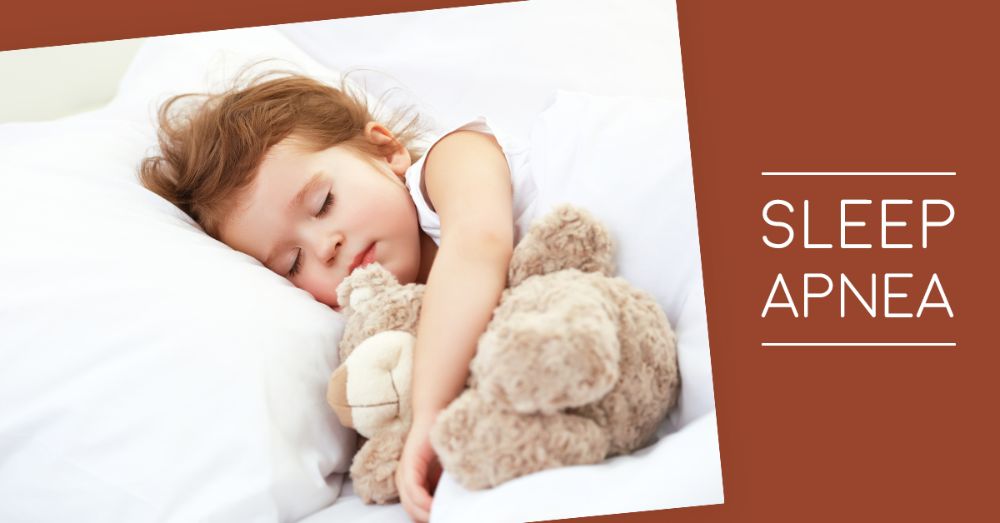Dr. Jill Morris, dentist and co-owner of World Class Dentistry® in Sarasota, is continually getting referrals for patients from sleep centers and doctors. She is a contributing author of the book “Stories that Heal.” In the book, she describes her own story of childhood mouth breathing and the many health issues it lead to in her own life and those of her patients.
Why you ask? The answer is simple. Dental jaw development and sleep go hand-in-hand.
It may not seem like the two would be linked, but the size of your dental arches and shape of your tongue can directly impact whether or not you’re getting a good night’s sleep.
When your dental arches grow too narrow, your airway can become compromised. Often mouth breathing as a child, due to allergies, large tonsils and adenoids and sometimes thumb sucking or the use of pacifiers, can lead to snoring and sleep apnea.
Sleep apnea is a sleeping disorder in which breathing is repeatedly interrupted during sleep. The tongue falling back often causes this and blocks the airway, causing a person’s oxygen levels to drop.
“When you breathe through your mouth, you don’t filter the air properly,” says Dr. Morris. “The person doesn’t get enough oxygen to the organs and the brain so they don’t sleep well.”
If sleep apnea goes untreated, it can decrease a person’s life expectancy by 15 years, Dr. Morris says. Sleep apnea, the combination of disturbed sleep and oxygen starvation, may lead to hypertension, heart disease, strokes and memory loss, among other problems. Sleep apnea also causes acid reflux disease or GERD, which erodes the esophagus, which has been linked to cancer.
There are several factors that can increase the risk for sleep apnea, including allergies, narrow dental arches, a recessed chin, small jaw or large overbite, a large tongue, a larger neck circumference and being overweight.
One of the most common ways used to diagnose sleep apnea is a sleep study. Sleep apnea can be diagnosed as mild, moderate or severe. Depending on a patient’s level of sleep apnea, there are several treatment options that may be used, including dental appliances.
Once a patient has had a professional sleep study, Dr. Morris can determine an effective treatment plan with an oral appliance. Dr. Morris uses two types of oral appliances. Both are worn in the mouth; one positions the jaws, holding the lower jaw forward and bringing the tongue out of the airway for optimum air intake. The other offers a long-term solution by gradually encouraging jaw movement and growth.
“If a patient has mild or moderate sleep apnea, then the oral appliance works great,” says Dr. Morris. “We make it so it fits to the top and bottom teeth. It’s very comfortable and not large and bulky.”
For those with severe apnea, a continuous positive airway pressure device (CPAP) is often used to help the patient breathe at night. Even severe sleep apnea, however, can be improved with the use of removable dental appliances. The appliances actually widen the patient’s dental arches, which in turn opens the airway. In some cases, within a year of wearing growth appliances, patients may be able to come off of their CPAP machines.
If you have mild or moderate sleep apnea, you don’t want to ignore it because the condition will only progress further. Snoring, dry mouth, memory loss and chronic fatigue can all be signs of sleep apnea.
“You really want to treat it early,” says Dr. Morris.
Sleep apnea isn’t just a problem for adults. More and more children are being diagnosed with sleep apnea, which is largely attributed to mouth breathing.
“A child should never sleep with his or her mouth open,” Dr. Morris says.
At World Class Dentistry, Dr. Morris and her team work with children as young as 4 years old to help correct the problem by teaching them to how to stand properly, proper tongue position and most importantly how to breathe through their noses. Through the program, Dr. Morris has been able to help children not only eliminate the need for braces by allowing their dental arches to grow and expand but also curb them from developing sleep apnea.

